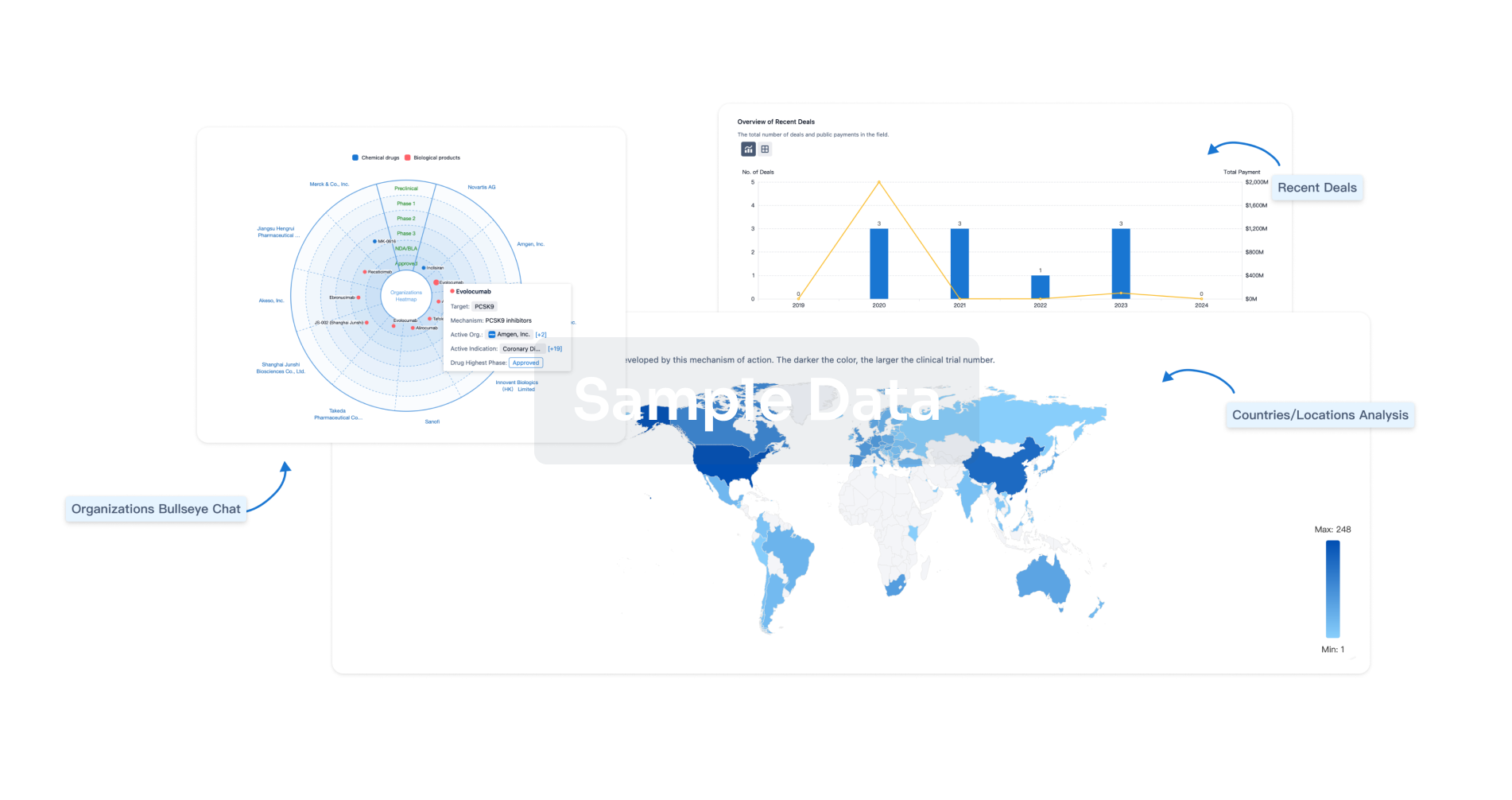Request Demo
Last update 08 May 2025
CT45
Last update 08 May 2025
Basic Info
Synonyms Cancer/testis antigen family 45 |
Introduction- |
Related
100 Clinical Results associated with CT45
Login to view more data
100 Translational Medicine associated with CT45
Login to view more data
0 Patents (Medical) associated with CT45
Login to view more data
46
Literatures (Medical) associated with CT4501 Jun 2025·Colloids and Surfaces B: Biointerfaces
A computer-aided, carrier-free drug delivery system with enhanced cytotoxicity and biocompatibility: A universal model for multifunctional lung cancer therapy
Article
Author: Fu, Xin ; Lai, Yuxin ; Lei, Shizeng ; Zhang, Yingying ; Wang, Ying ; Xu, Wenjing ; Yang, Liyan ; Wang, Zhonglei ; Xiang, Ziling
01 Feb 2025·Molecular Oncology
Article
Author: Lin, Yen‐Yu ; Lan, Hsin‐Yi ; Lin, Chun‐Chi ; Huang, Hsiang‐Yueh ; Hwang, Wei‐Lun ; Teng, Hao‐Wei ; Twu, Yuh‐Ching ; Yang, Wen‐Hao ; Lin, Wen‐Chun
01 Dec 2024·Biochimica et Biophysica Acta (BBA) - Gene Regulatory Mechanisms
Machine learning based analysis of single-cell data reveals evidence of subject-specific single-cell gene expression profiles in acute myeloid leukaemia patients and healthy controls
Article
Author: Chrysostomou, Andreas ; Furlan, Cristina ; Saccenti, Edoardo
Analysis
Perform a panoramic analysis of this field.
login
or

AI Agents Built for Biopharma Breakthroughs
Accelerate discovery. Empower decisions. Transform outcomes.
Get started for free today!
Accelerate Strategic R&D decision making with Synapse, PatSnap’s AI-powered Connected Innovation Intelligence Platform Built for Life Sciences Professionals.
Start your data trial now!
Synapse data is also accessible to external entities via APIs or data packages. Empower better decisions with the latest in pharmaceutical intelligence.
Bio
Bio Sequences Search & Analysis
Sign up for free
Chemical
Chemical Structures Search & Analysis
Sign up for free